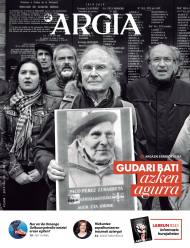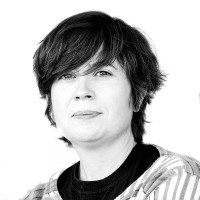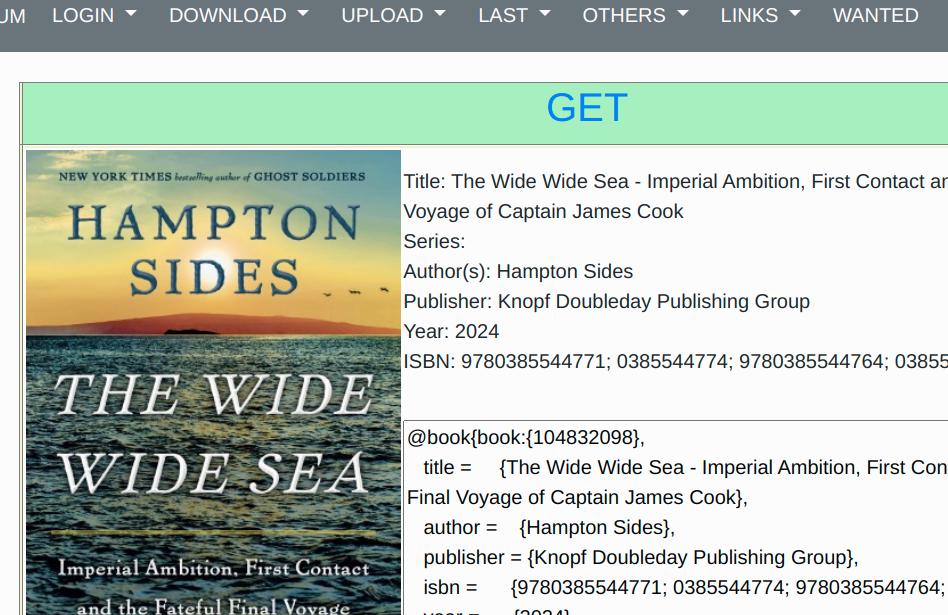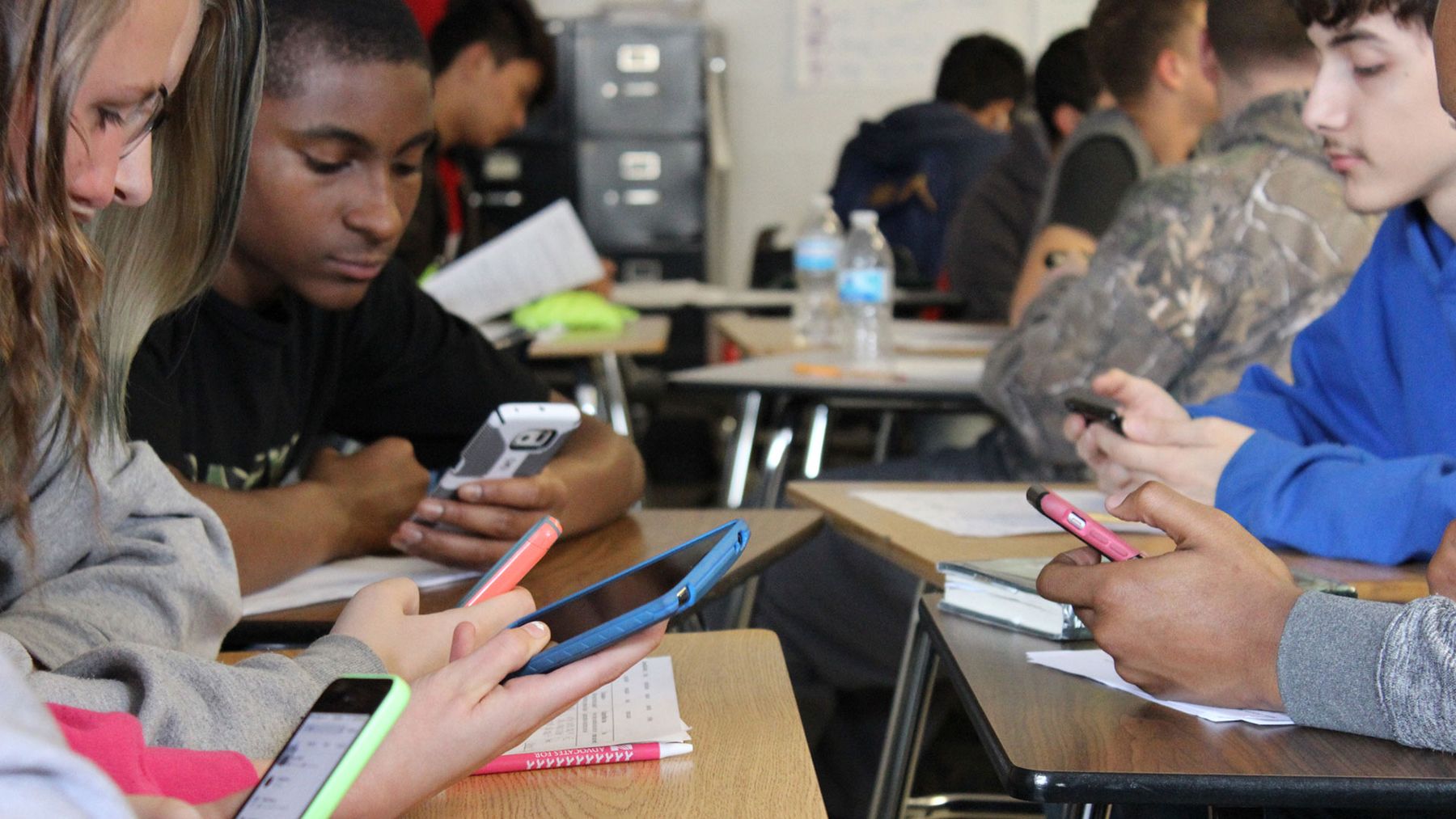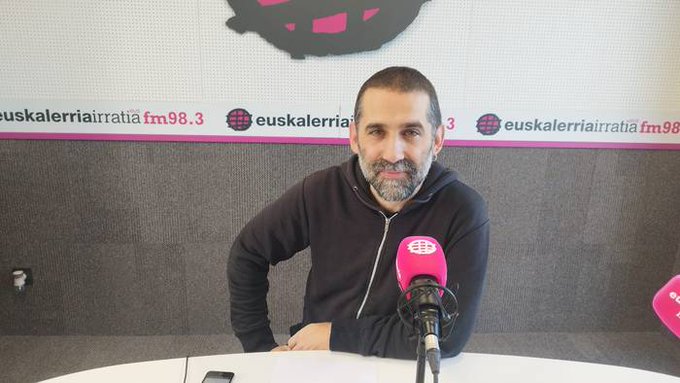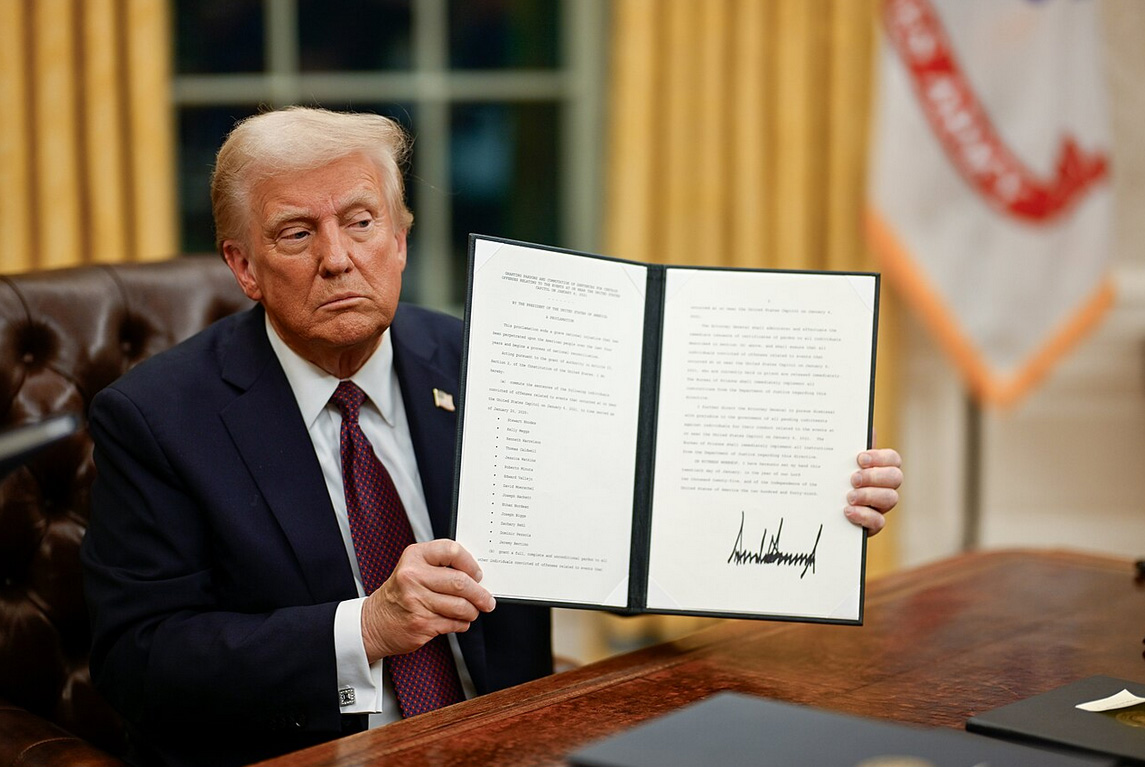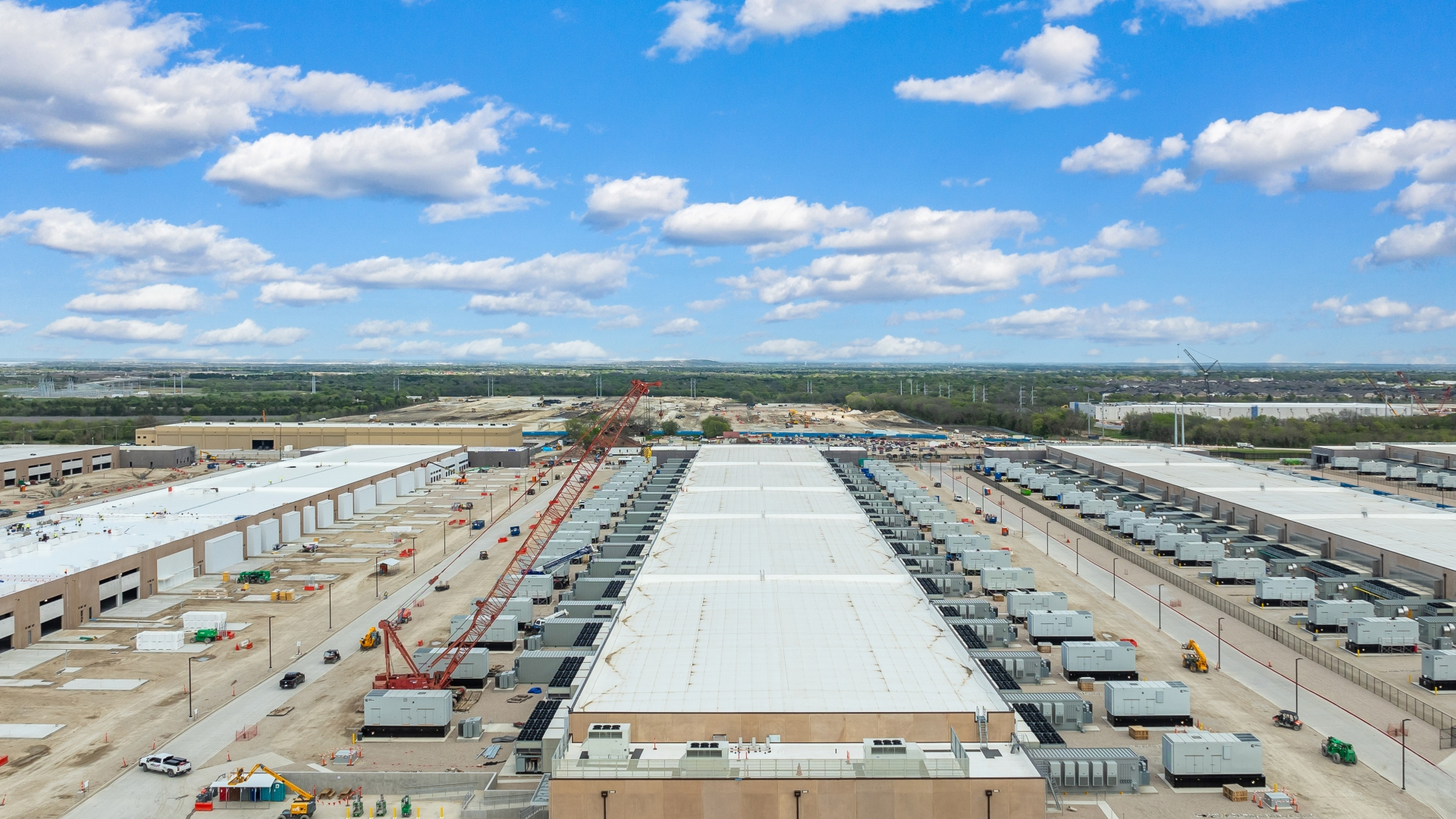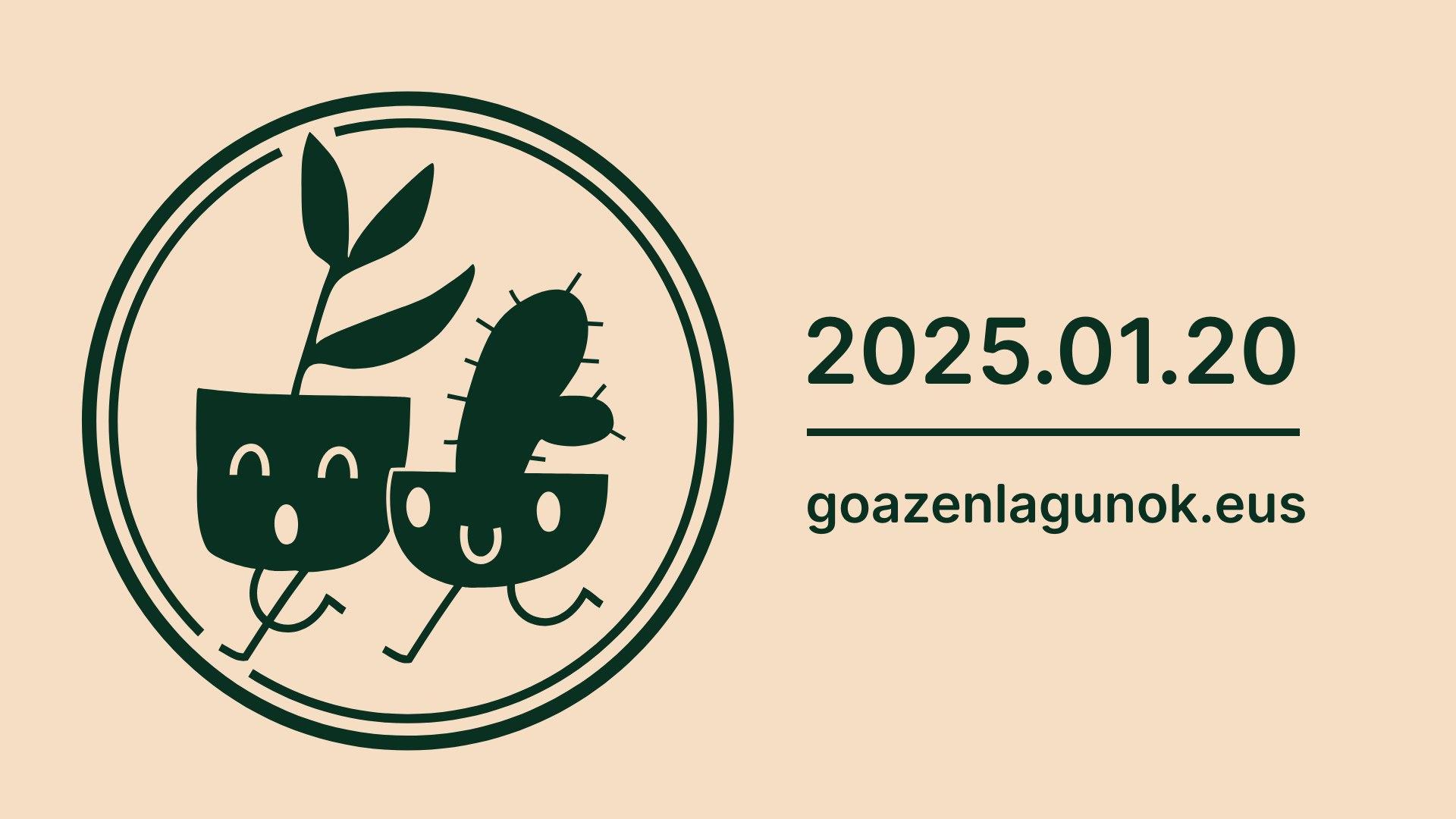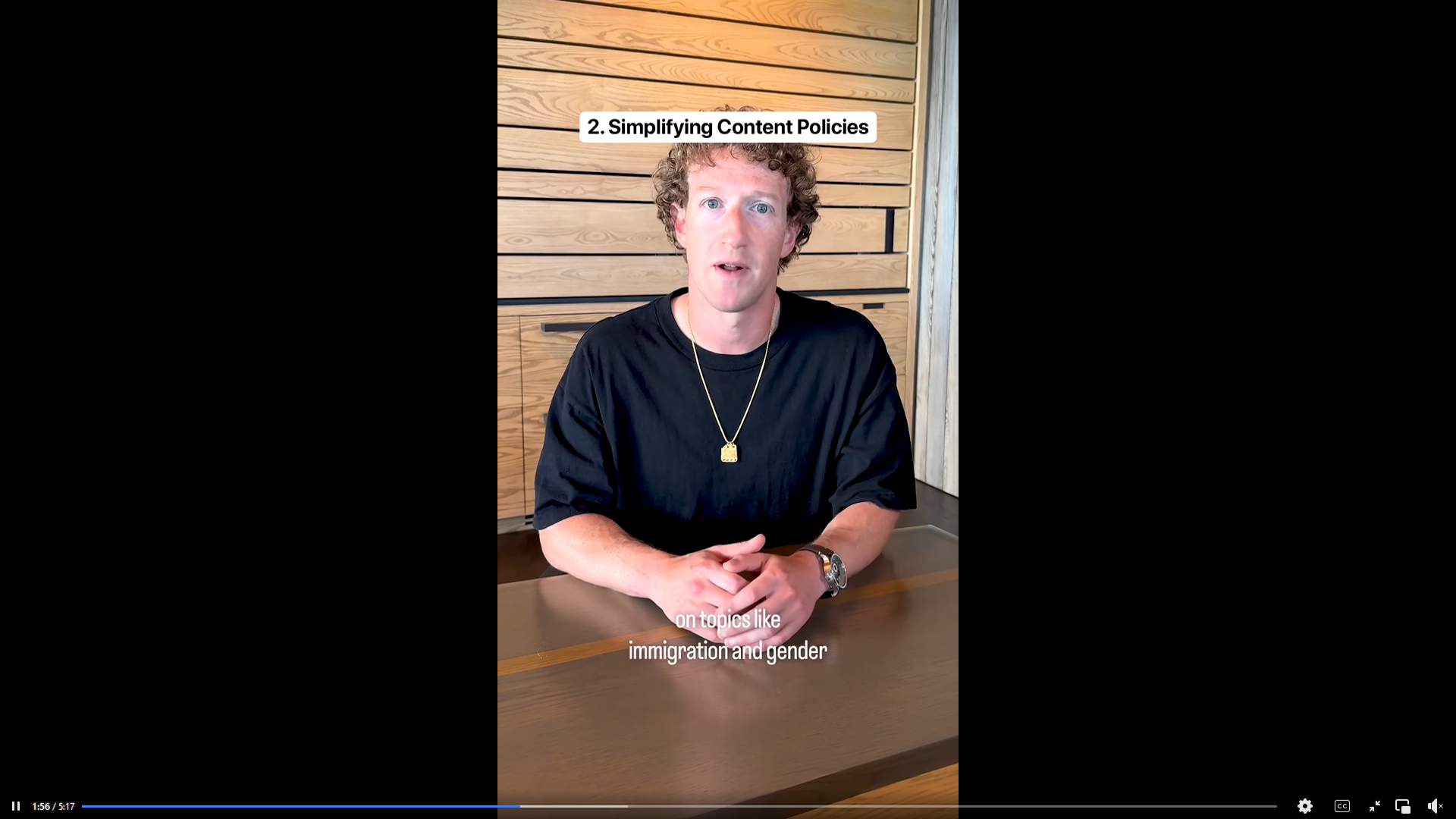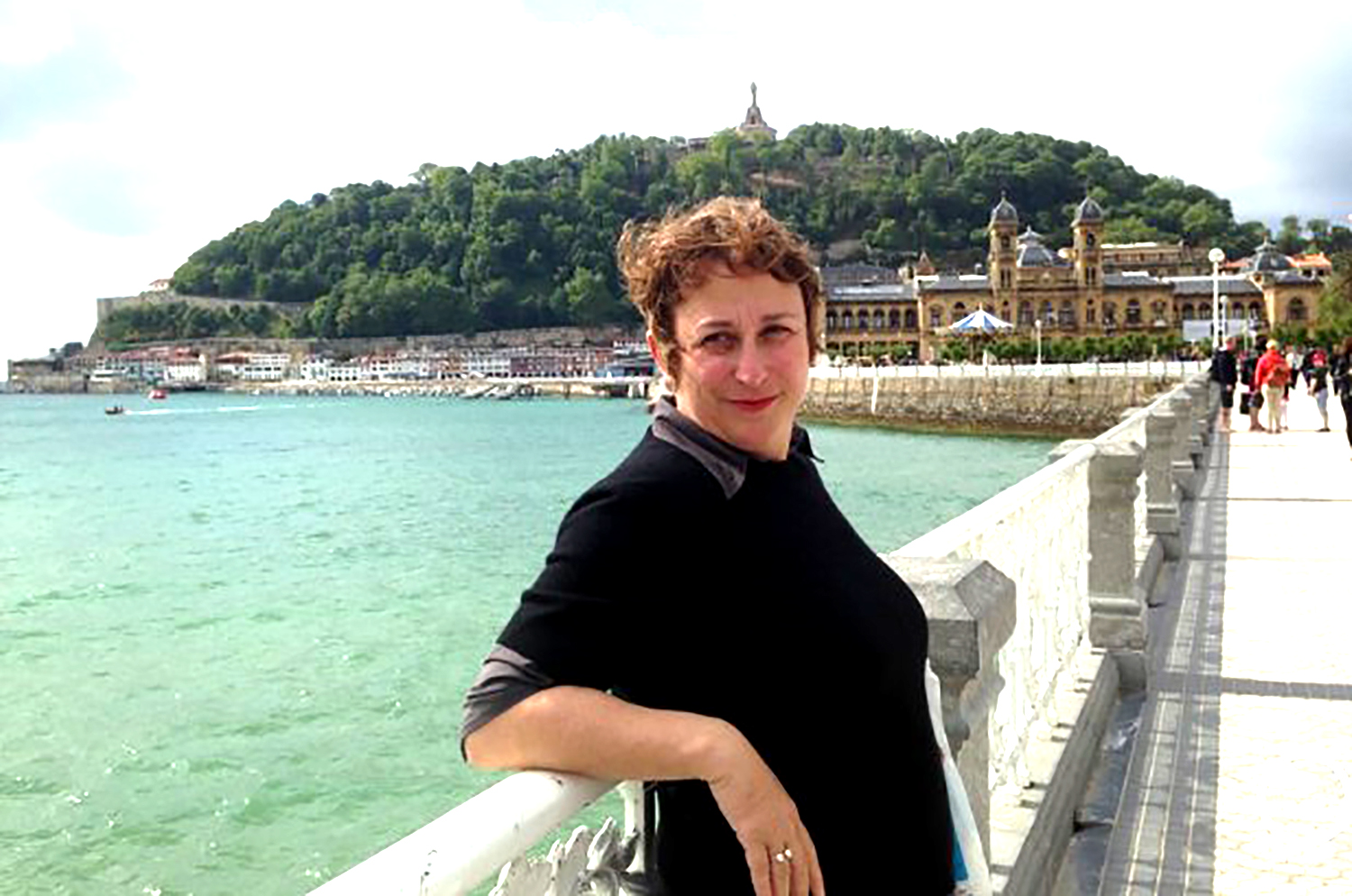"I find it hard to tell what reality is and what digital regeneration is."
- Why do you imagine if you see it? Virtual reality gives us sight of images that are only in people's heads. The distinction between what is true and what is the digital illusion is getting harder and harder. Iker Ibero is a young Navarre specialist in this.
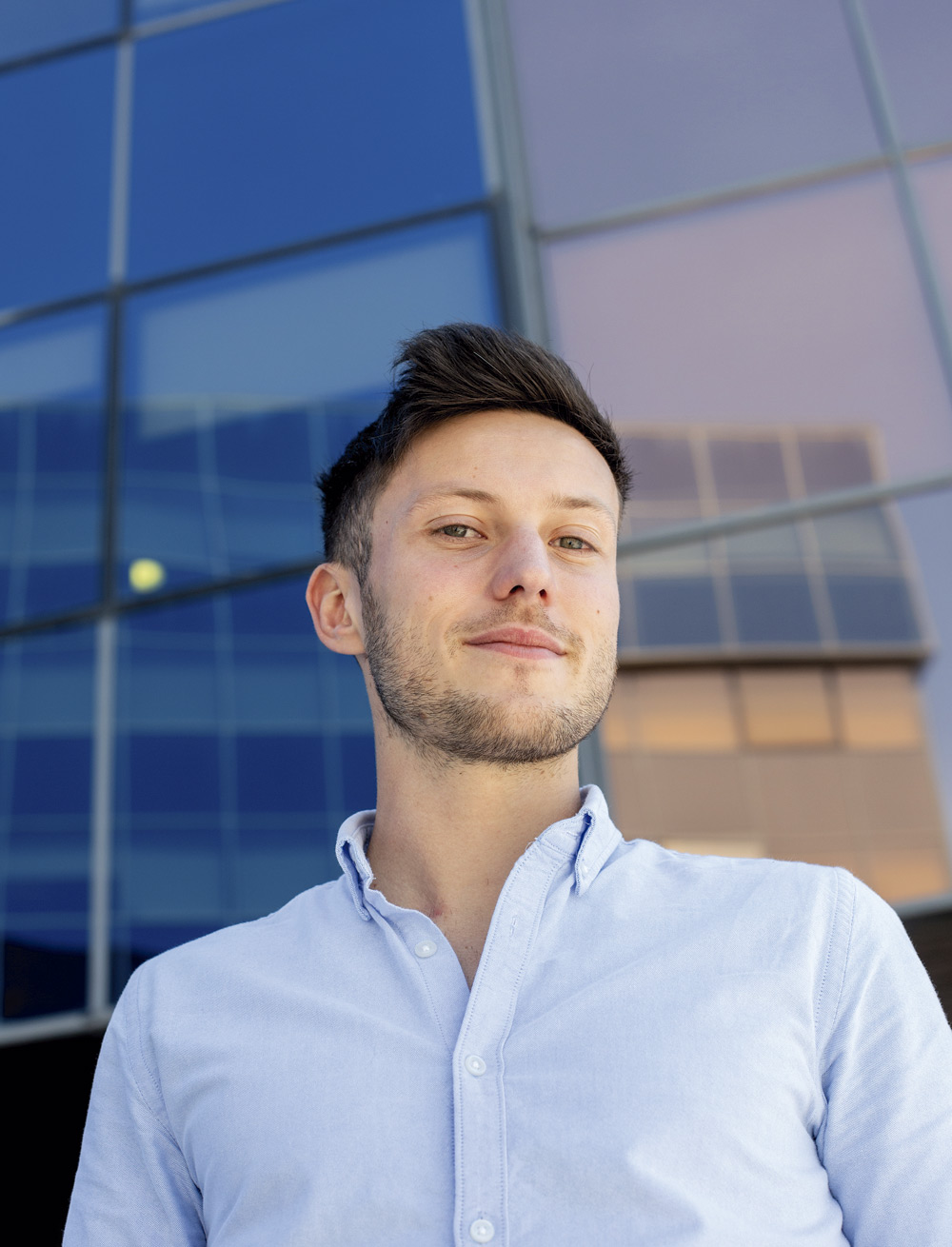
Bideo-jokoen diseinu eta garapen ikasketak Iruñean burutu ondoren, telebista eta zinemako efektu bisualen masterra egin zuen Donostian. Madrilen bi urte eta erdi aritu zen lanean Ranchito enpresa handian. Publizitaterako eta zinemarako hainbat lan egin zituen han, besteak beste Game of Thrones telesail ezagunerako. Berriki Nafarroara itzuli da, hemen eta hemendik lan egiteko asmoarekin. 3D Navarra enpresa sortu du, Donostiako Oreka Interactive enpresako partaide da eta Creanavarran, berak ikasi zuen Goi Mailako Diseinu Zentroan, irakasle da.
Video game design is not a regular career. Why did you choose these studies?
Because since I was young I liked video games, especially the historic Age of Empires or Rome: Total War. In addition, my cousin, a year older than me, was studying that grade and I found it a good opportunity to study together.
Is it an official title?
Yes. The degree in video game design and development is very new and now the title that is acquired is official. I was one of the first promotions. In our group we were fifteen and now we have about 60 students divided into two groups.
What do you teach?
Modeling, lighting and 3D render techniques. My specialty is 3D modeling, that is, making any object in three dimensions through the computer. The applications of this technique are numerous. In addition to video games, it is used for heritage recovery or for visual effects for film and advertising. A lot of the things we see today are made in 3D.
What experience has it meant to work in the Madrid company Ranchito?
I was very comfortable. It's a big company. About a hundred people work in films, advertising, series… doing everything. It was a very good experience. Next to me, there were people with many years of experience and they taught me a lot. Work is done there for everyone, but undoubtedly our most prestigious work has been the one we have done for Game of Thrones. We've done the seventh chapter of the previous season and two more.
The work behind each sequence is impressive. You spend the whole month working on one thing with all the details and it stays great, but then on the screen it only lasts three seconds. I really like it, and putting the hours in is not a problem. With this work we won the Emmy Prize and with Superlópez we were given the Goya of Visual Effects.
Is it artisanal work?
Yes, no doubt. It is a work of great creativity.

One of the keys to the success of the series has been precisely the visual effects.
Yes, no doubt. The effects have been worked out like never here. It's a very concrete, very expensive job, and that's what the public is grateful for. Each chapter was like a movie and they've invested a lot of huge money.
And how is your work done? Where do you start?
The first step is to make a good drawing and taking this as a reference, you have to add the effects and I give them volume. For this process you need good cartoonists and programmers and technicians who are experts in the computer. Making art and technique. The results are surprising. Everything you can imagine can already be done in 3D.
Today we think that we cannot do better, but it may happen that in a few years' time we do not have the same opinion. The work done a decade ago does not seem to us to be so good. At the time, the film The Lord of the Rings, for example, was terrible and now seems to us to be too simple. The same thing will happen to us.
In such a changing field, lifelong learning will be essential, right?
Yes. This summer, for example, I see that I have to learn new things, because everything changes from one day to the next. It's very important to see what innovations come out of the world and learn for yourself. In fact, when you reach this level, it's hard to find courses or the like.
"I came to live on the subject of Navarre, to do what I wanted and I got it right in full.
You don't have to go outside to do very good and interesting jobs."
Where will the changes come from in the future?
The latest novelty of cinema integrates the emotions of the viewer in history. Thus, the story develops from one side to the other depending on the viewer's emotions. I don’t know how emotions will measure: by measuring the pulsations, by looking at the gestures of the face, I don’t know…
Why did you come back to Navarra? Isn't it harder to work from here?
I came to live on the subject of Navarre, to do what I wanted and I got it right in full. You don't have to go outside to do some really good, interesting work. To do what we do, no matter where in the world you are and I was clear that I wanted to do the things I like in Euskal Herria. In addition, despite living here, there is no problem going to any other place when needed. I really like to move. This summer, for example, I will go to Madrid to work for a film and at the same time I will continue to prepare the classes for the next course and the projects here.
When I was a kid, was I glued to the console?
I didn't play too much, and today I have almost nothing, because I don't have time.
Is violence indispensable in video games?
I don't know why they do that, but I imagine if there's violence in most video games, it's because people ask for it. However, there are games and games, some are very helpful and educational and others, on the contrary, intend to have a good time.
It would be OK to do more educational games. That is what we are pursuing in our company. One of our first works has been a 3D, bilingual Pamplona history book. At the moment it's in the form of a book, but it can also be used to make a video game, and that's what we have now in our head.
What have you done at the site of Santa Cruz de Eslaba?
Virtual regeneration of the Roman city. I've always loved history and archaeology. I've visited a lot of sites and castles with my parents since I was a kid, and in my way I imagined those places alive, like in the past. “How good the time machine would be and go back,” he thought. Now we can say that we have a time machine: virtual recreation. Now I have had the opportunity to do a good job with our 3D Navarra company in Santa Cruz. The archeology section of the University of Navarra is carrying out the excavations and the commission they made us was done by the City Council of Eslava and the Government of Navarra. Virtual recreation is a great help to see what kind of things were in the places where there are only a few stones today. People appreciate the help, as after hanging the video on Youtube, the number of visitors to Santa Cruz has increased considerably. I think it's a very powerful tool and you have to use it to spread culture, not just as entertainment.
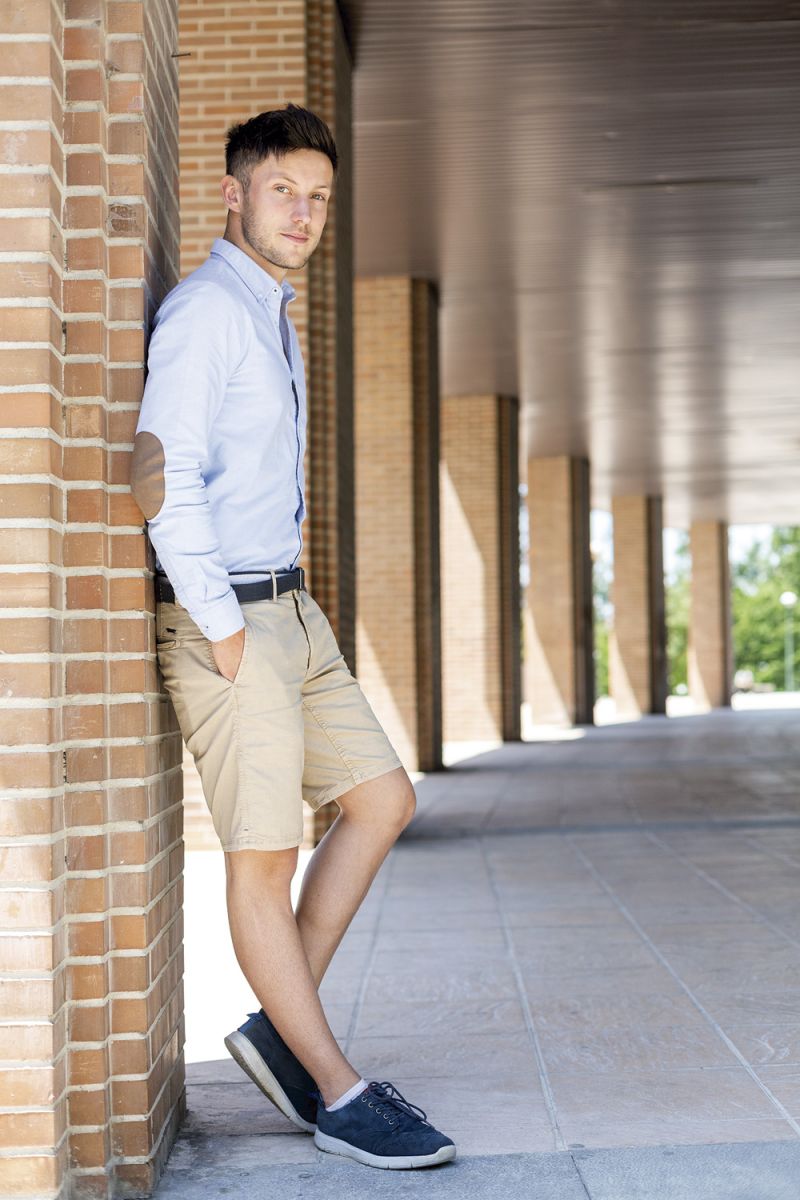
Are these techniques used in museums?
In museums and cultural centers in general, they are still not used too much and it is very useful because you can show each piece in its context through virtual recreation. Through realistic images, one can explain how that object was and how it was used or what it was made for. Viewers can have all this up to eye level through an app that has been lowered to mobile or showing pictures on a screen installed in the showroom.
Do we have great needs in Euskal Herria in this area?
We have to innovate what we have and give a technological touch to adapt to our time. This technology is not expensive, anything else is more expensive, what happens is that it's very new, and like all innovations, at first it's hard to expand it. The viewer, the visitor, can be offered a concise and attractive job at the same time.
In our company, we work on total realism. That's our main feature. Our brand. On the team we have historian, architect, cartoonist, drone technician and assembly technicians, and the recreations we perform are entirely scientific and reliable. Therefore, the works are appropriate for use in museums, teaching and tourism initiatives. I imagine digital recreation as a bridge between the historian and the audience. It's a good tool for communicating knowledge. We now have six projects in Gipuzkoa and Navarra, around several castles and hermites.
In the Planetarium of Pamplona you have to give two courses for young people in June and August. What about it?
These are two workshops. In the first one, we're going to make the moon in 3D. Through an application, I'll read a marker so that we can put the moon that we create where we want. The second workshop will be held in August, the first week in Spanish and the last in Basque. Using 3D and Augmented Reality technologies, each youth will design their own craft and with the Unity program will create an application that will be useful for mobile devices and tablets.
What's the difference between virtual reality and augmented reality?
In virtual reality you can see a set of special glasses and fictional images, while the augmented image is a mix, the real image is added with digital images overlapping each other. These images can be seen on any digital stand without the need to use special glasses. It is hard for me to distinguish what reality is and what digital regeneration is.
But isn't it a little scary?
It can be dangerous, but it's actually a very good tool. Soon we will immerse ourselves in a thousand environments and worlds with VR glasses, forgetting where we are. The movies can be seen differently: inside and participating.
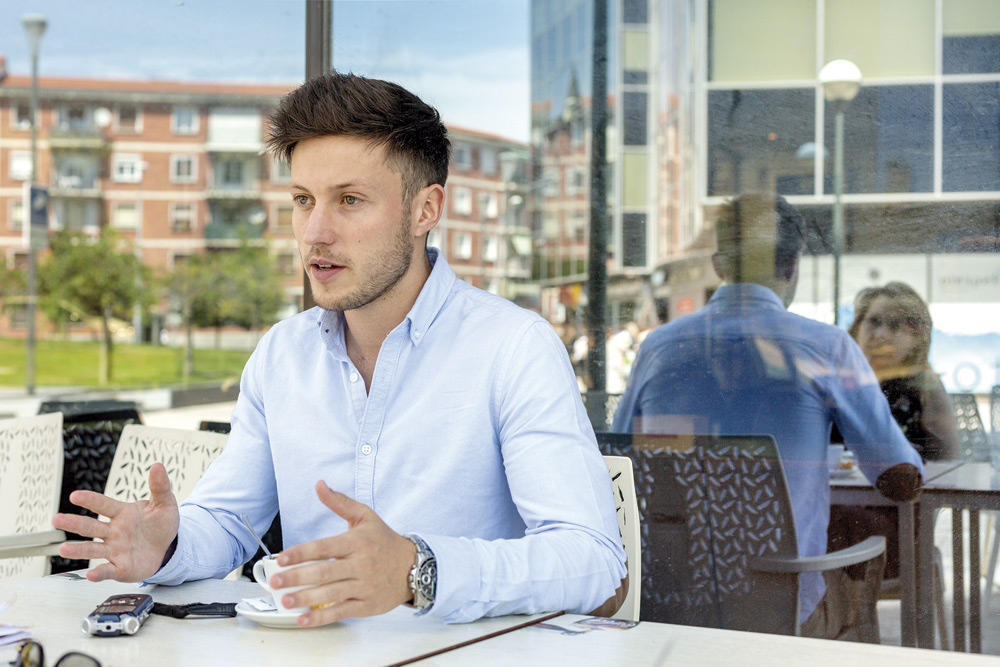
Zer jakin behar dut? Norekin erlazionatu behar dut? Non bizi behar dut? Ardura horiekin gabiltza gizakiok gure gizarteen baitan bizitza on baten ideia bizitzeko bidean. Ondo erantzuten ez badakigu, bazterretan geratuko garen beldurrez.
Joan den astean, kanpoan geratzearen... [+]
Life surrounds everything, it is limited and fragile. To live good lives, it seems to me that the body knows what to do, while the mind, although it knows (when it is well informed), often sees the body deliberately silence. In this silence the mind opens itself to relations... [+]
The consumerist culture we live in sends every user to an unreasonable enjoyment. As Slavoj Zize says, Enjoy your fetish, it has become the rude mandate of hypermodernity. Current enjoyment is carried out through existing technological devices to occupy the place of fetish. But... [+]
In 2018, I leveraged social media and most communications from devices to try to control where I focus on life. Every day I go on that task, in the light of the moth, because my curiosity is constantly looking for fresh information to help me understand reality. At that time I... [+]









